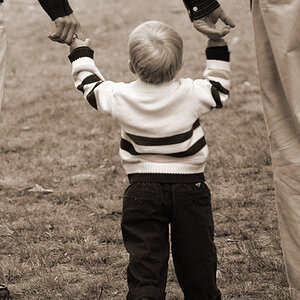burstintoflame81
TPF Noob!
- Joined
- Aug 7, 2009
- Messages
- 729
- Reaction score
- 0
- Location
- Arizona
- Can others edit my Photos
- Photos NOT OK to edit
I am wanting to get into macro photography. I am thinking of selling my 85mm f1.8 to get a 1:1 macro. This pic was taken with my 85mm with a 250d closeup lens. This is a crap pic, I just was in a hurry to show an example. I have never used a 1:1 macro, would you consider this pic more of a 2:1 ? Thanks.













![[No title]](/data/xfmg/thumbnail/32/32939-0b23ff8a791c06732705126fb26845ea.jpg?1619735771)

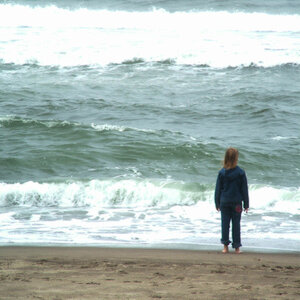
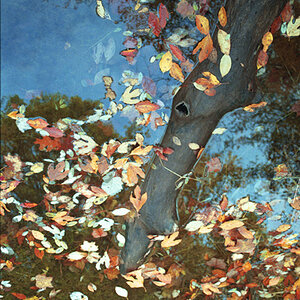
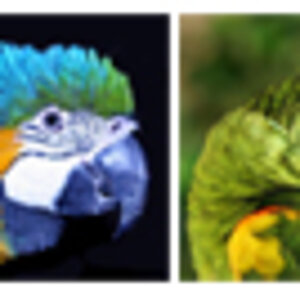
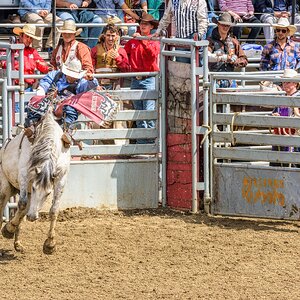
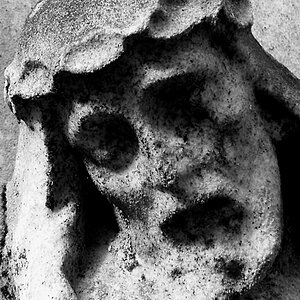
![[No title]](/data/xfmg/thumbnail/42/42057-1509913128bb1db2bc11235c05832fd4.jpg?1619739993)
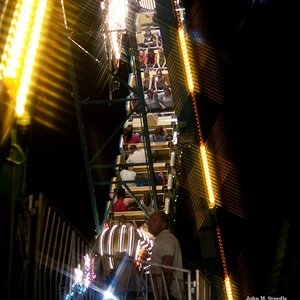
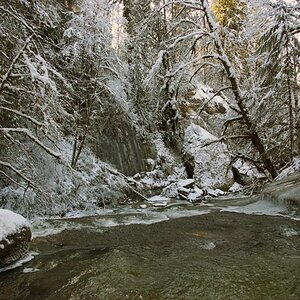
![[No title]](/data/xfmg/thumbnail/32/32935-452d7573a35ee2f5d0b9ad6463de680e.jpg?1619735766)
